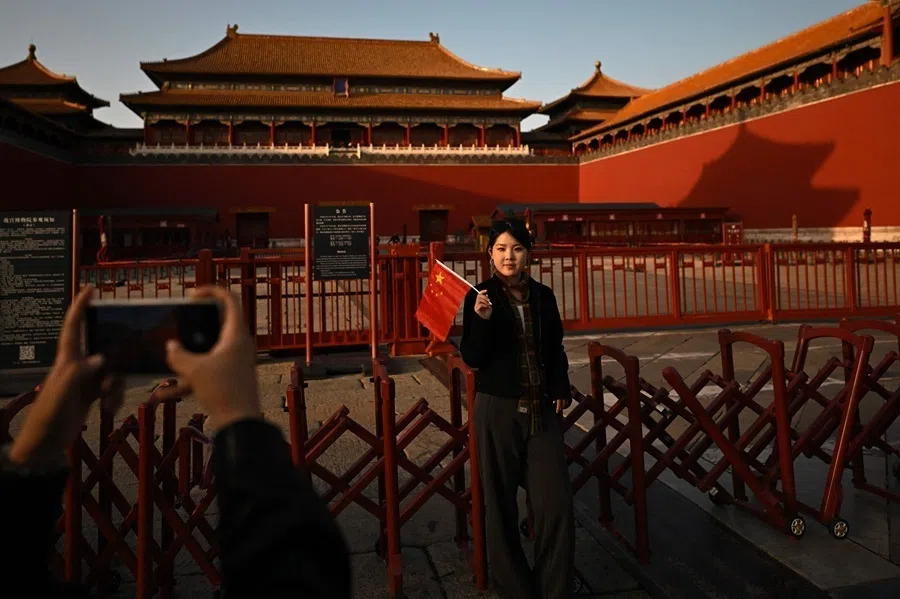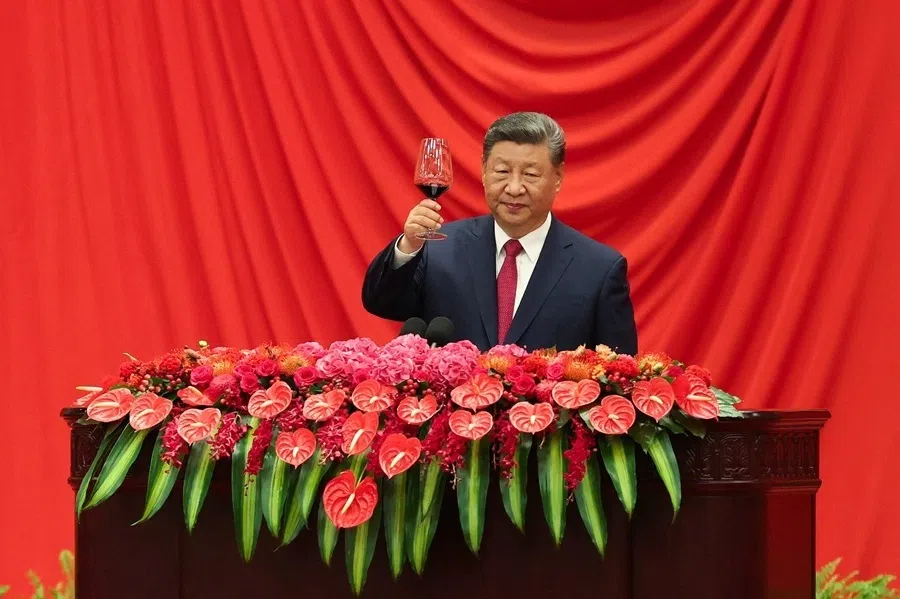China’s unfinished battle: Why Beijing can’t let go of Japan’s past
China’s struggle to move past historical trauma with Japan reveals deeper challenges in perception. Misconceptions must be separated from culture, history from present, emotion from reason, says commentator Wei Da. Time and civilisation demand that former mortal enemies learn to look beyond hatred, rebuild friendship and pursue lasting development.
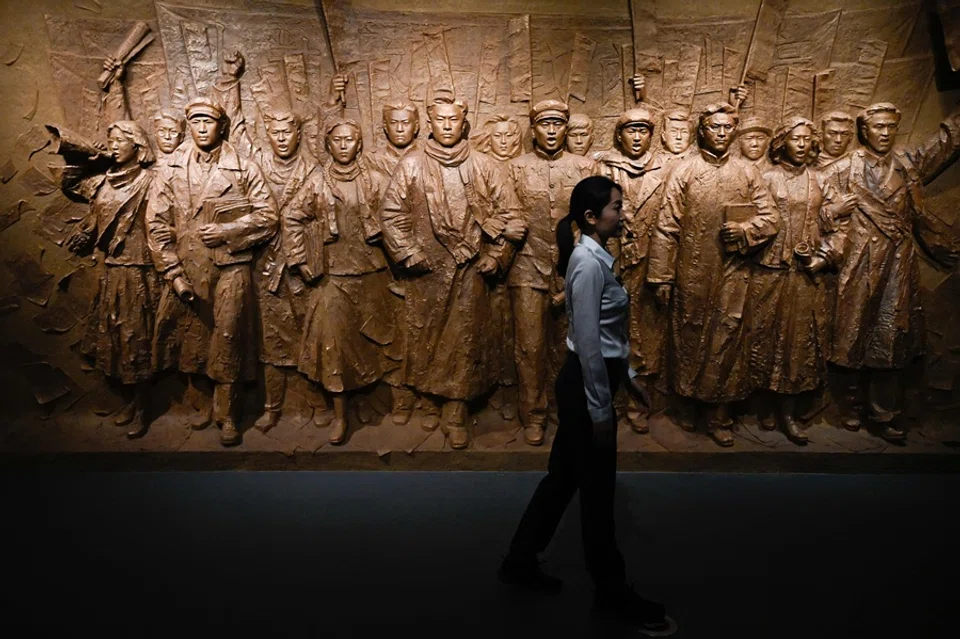
The year 2025 marks the 80th anniversary of the end of World War II — a moment for reflection and commemoration. Yet rising tensions have cast a shadow over this milestone, as Chinese and Japanese nationals have recently faced attacks in each other’s countries, driven in part by growing anti-Japanese sentiment in China.
Persistent misconceptions about Japan continue to shape China’s perspective, hindering the development of contemporary China-Japan relations. This article compares Chinese and American perspectives on Japan, providing observations and insights to encourage deeper understanding and dialogue.
Wave after wave, they [the Americans] fought for every island in the Pacific, at a huge sacrifice and a total casualty of nearly 400,000.
Highs and lows of China-Japan and US-Japan relations
China and the US were allies in the war against Japanese fascism. United in shared enmity, the two governments, militaries and peoples, including overseas Chinese communities, fought side by side and were eventually victorious after enormous sacrifices and costs.
I was privileged to have known Chu Chiping, a distinguished journalist of Ta Kung Pao. On 2 September 1945, Chu was present aboard the battleship USS Missouri at Tokyo Bay to witness and report on Japan’s signing of its unconditional surrender. His well-known commentary “Sun Capitulates” (《落日》) concludes with: “The final victory came at a huge cost. Our nation remains weak, beset with many problems. Only with true democracy and unity can we maintain and carry forward the fruits of this victory… Having redressed the old humiliation, China must be reborn.”
Some may argue that although both China and the US fought against Japan, the US has never had to endure the atrocities and plunder of Japanese occupation, while China suffered misery beyond measure due to the innumerable crimes committed by the Japanese military. In reality, this perception is incomplete.
Indeed, Japan had occupied northeast China for 14 years, with large-scale invasions of the rest of the country for over eight years, causing immense loss of life and property. However, the final and utter defeat of the Japanese imperialists in the decisive land, sea and aerial battles in the Pacific warzone was mainly due to the US military and Marine Corps. Wave after wave, they fought for every island in the Pacific, at a huge sacrifice and a total casualty of nearly 400,000.
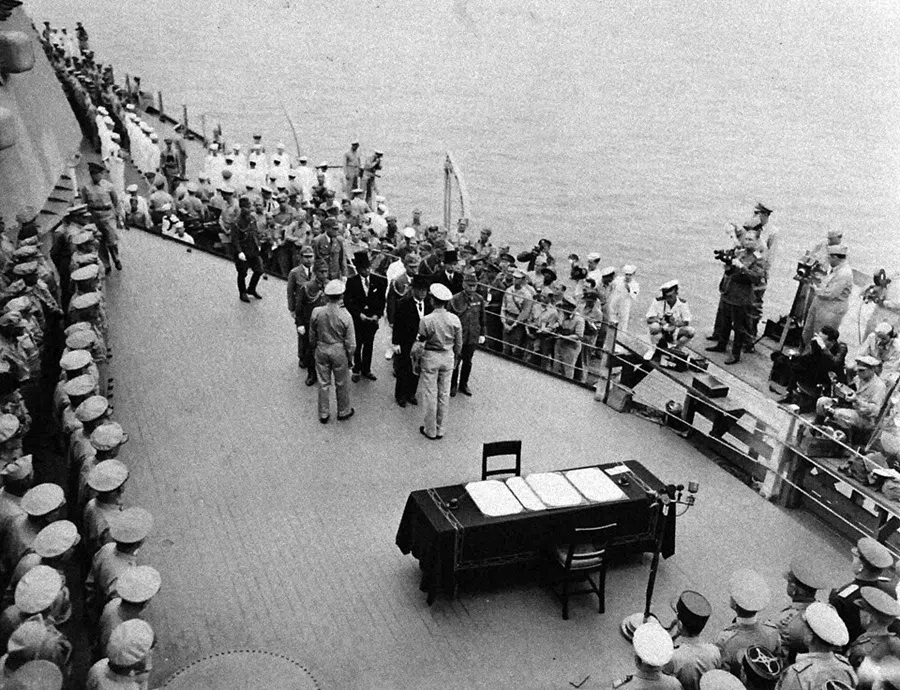
Consequently, China and the US shared a hatred for Japan. However, time and civilisation demand that former mortal enemies learn to look beyond hatred, rebuild friendship and pursue lasting development. Only in this way can humanity prove itself a species of wisdom and progress so that human civilisation can advance and improve, instead of being trapped in cycles of foolish and naïve recurrences.
After the war, the trajectory of US-Japan relations went through four stages: recovery and reconstruction, return to normalcy, peaceful prosperity, and strategic alliance. Post-war reconstruction includes the democratisation of Japanese society and economic assistance by the US, which allowed Japan to begin again on a new social and political foundation.
In contrast, the relations between the People’s Republic of China and Japan underwent four rather different stages: hostility and isolation, establishment of diplomatic relations, flourishing in co-existence, and recurring tension.
Japan’s transformation from a nation built upon militarism to one based on peaceful development enabled it to eventually become one of the global economic growth engines and regain its place among the global powers. In the 21st century, Americans and Japanese have enjoyed unprecedented cooperation and friendship, and the US-Japan alliance has further strengthened and developed into the cornerstone of and safeguard for Asia-Pacific stability and prosperity.
In contrast, the relations between the People’s Republic of China and Japan underwent four rather different stages: hostility and isolation, establishment of diplomatic relations, flourishing in co-existence, and recurring tension. Weighed down by the Cold War in the 26 years from 1946 to 1972, China-Japan relations stagnated. During that time, the term “Japanese” (日本人) was virtually synonymous with “Japanese devils” (日本鬼子) in the political and cultural context in mainland China.
Post-Cultural Revolution: Japan as an exemplary model of modernisation
With the establishment of China-Japan relations in 1972, especially when China embarked on its reform and opening up in the late 1970s after the end of its ten-year Cultural Revolution turmoil, Japan re-emerged in mainstream Chinese culture and society as an advanced neighbouring nation and an exemplary model of modernisation.
For a time, China-Japan relations blossomed with unprecedented warmth, as top Chinese leaders Deng Xiaoping, Hu Yaobang and Zhao Ziyang visited Japan, and exchanges took place between youths and enterprises of both nations.
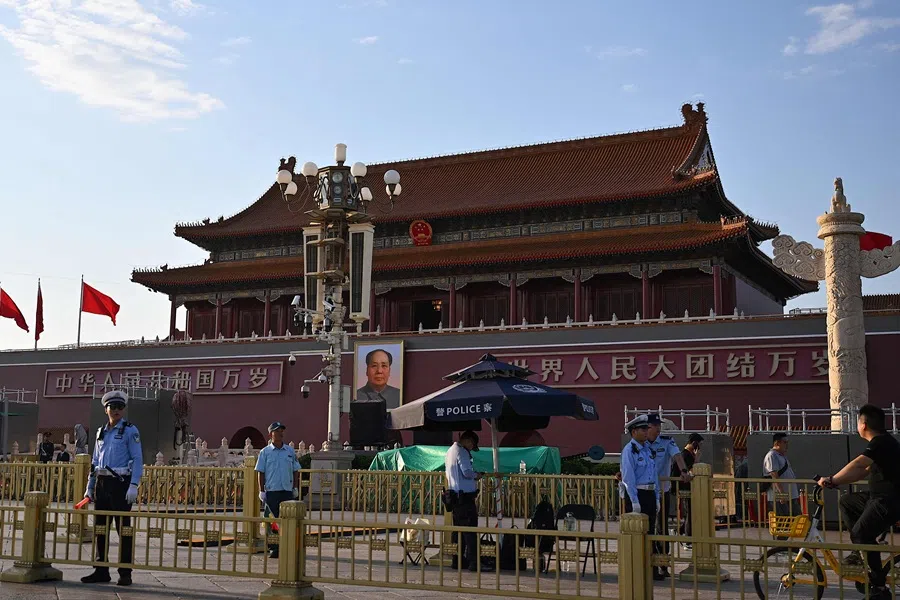
Projects supported by Japanese investments in China included Shanghai’s Baoshan Steelworks, the reconstruction of Chinese cities’ underground water pipelines, and Beijing’s China-Japan Friendship Hospital. Different from the anime and gaming cultures exported from Japan today, Japanese movies and television dramas such as Manhunt, Akai Giwaku, Moero Attack, and A Distant Cry From Spring captivated the whole of China, and popular actors such as Ken Takakura, Ryoko Nakano, Momoe Yamaguchi and Tomokazu Miura became beloved household names.
In this wave of intellectual emancipation, resolute reform, and freedom and openness, the peoples of China and Japan resumed a state of friendly cooperation, encapsulated by the expression “Though lands apart, we share the same sky, wind, and moon” (山川异域,风月同天).
Even with China’s weak capacity for external borrowing, Japan’s government and corporations steadily provided financial assistance. They were one of the most important external factors in the early stages of China’s reform and opening up...
Japan provided China with extensive assistance in government projects, including free aid, technical assistance and significant preferential loans (sometimes nearly interest-free) for critical infrastructure developments in transport, electricity, water works and environmental protection. Expert teams from Japan were also dispatched to help improve China’s governance and technology.
At the same time, Japanese corporations entered China’s market on a massive scale, bringing with them capital, technology, management experience and channels to the global market. This fostered growth in the automobile, electronics and manufacturing sectors, establishing the basis for China’s modern industries.
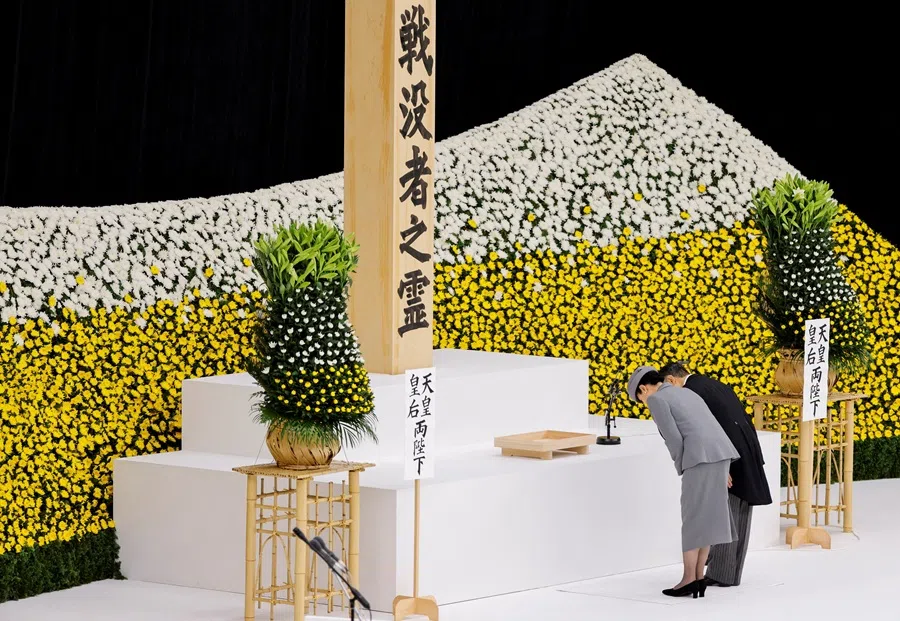
Even with China’s weak capacity for external borrowing, Japan’s government and corporations steadily provided financial assistance. They were one of the most important external factors in the early stages of China’s reform and opening up, and contributed significantly to China’s modernisation.
Reassessment of war history
However, rifts appeared in China-Japan relations from the mid-to-late 1980s, largely over history and its reassessment. China’s research into its resistance against Japanese aggression gained momentum.
This included the 1986 movie release of The Bloody Battle of Taierzhuang, the first mainland China film to positively portray Chiang Kai-shek and the Nationalist government leadership on the battlefield, as well as the 1987 official publication of The Nanjing Massacre, from which many Chinese came to know about these atrocities for the first time. Around the same time, Japanese scholars also brought to light the biological warfare by Unit 731 of the Japanese military in China.
Japanese fascist aggression harmed not only China but also nations in the entire Asia-Pacific, including American and British expatriates and prisoners of war. Why then does China find it particularly difficult to disentangle itself from its history with Japan?
Due to culture and tradition, the Japanese government had appeared more inclined to correct and compensate for the past misdeeds than to engage in much public repentance and apology. While this differs culturally from European and US thoughts and actions, the US and much of the world have accepted Japan’s stance and attitude towards history, and are willing to prioritise current interests and future developments.
One must be cognisant that Japanese fascist aggression harmed not only China but also nations in the entire Asia-Pacific, including American and British expatriates and prisoners of war. Why then does China find it particularly difficult to disentangle itself from its history with Japan?
Overlaid with today’s ideological and geopolitical factors, China-Japan relations have once again slipped into a negative cycle of recurring tension.
Obstacles in China’s perspective on Japan
There are three main obstacles in China’s perspective on Japan.
First, Japanese fascism and militarism of the past are not synonymous with the Japanese people and culture, similar to the logic that German fascism and Hitler are not synonymous with the German people and culture. These past problems with Japan and Germany are political errors that resulted in the wrong paths taken by entire nations, for which the principal responsibility lies with the leadership of the time.
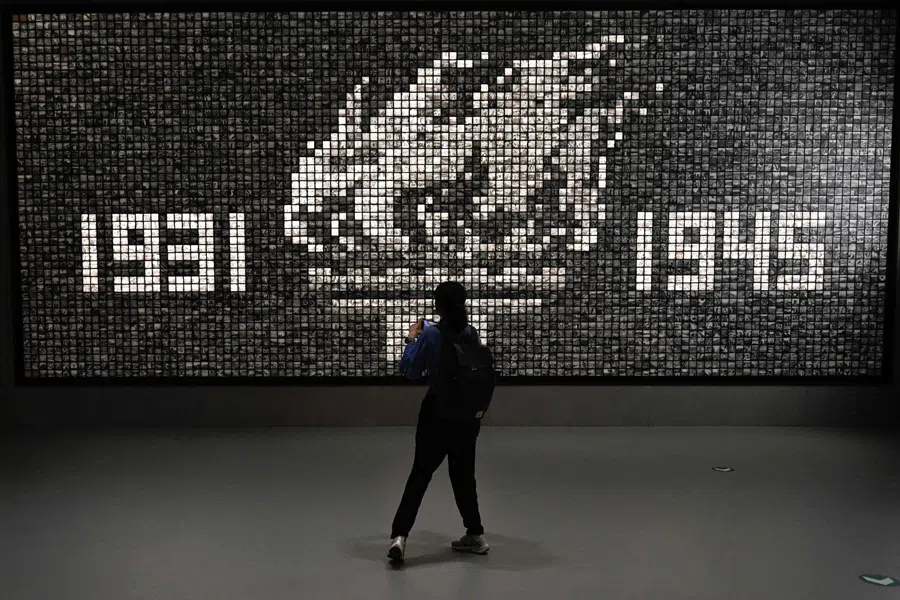
Second, today’s Japan is no longer the Japan of World War II. It is now the model of a civilised society and a free democracy governed by the rule of law. It is also a vital force for global development, economic growth and peace. Indeed, just as there are aberrant elements in any democracy, it is possible that there will be individuals in Japan who are feeling nostalgic for the past. However, mainstream Japanese society is clearly a modern civilisation.
In understanding Japan, it is crucial to distinguish between misconceptions and culture, history and the present, as well as the mainstream and the marginal. Judgments should not be clouded by bias...
Third, in the 185 years since 1840, China-Japan relations have undoubtedly been mainly one of friendship and cooperation. War and hostility between the two nations were merely transient. For instance, many of China’s brightest elites studied in Japan in the early 20th century, seeking knowledge and the truth to save their nation and people. They include Sun Yat-sen, Cai E, Zhou Enlai, Chiang Kai-shek, Lu Xun and Chen Duxiu, who later became influential figures in China’s history. As mentioned above, Japan and the Japanese people subsequently provided strong support for over 40 years in China’s reform and opening up.
In understanding Japan, it is crucial to distinguish between misconceptions and culture, history and the present, as well as the mainstream and the marginal. Judgments should not be clouded by bias, nor should separate issues be conflated or minor details obscure the broader picture. As Chu Chiping wrote in 1945: “Having redressed the old humiliation, China must be reborn (旧耻已湔雪,中国应新生).”
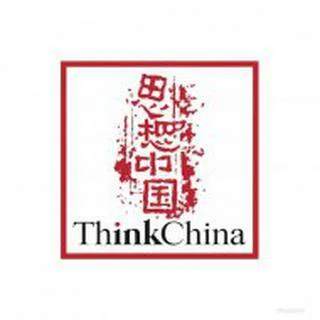
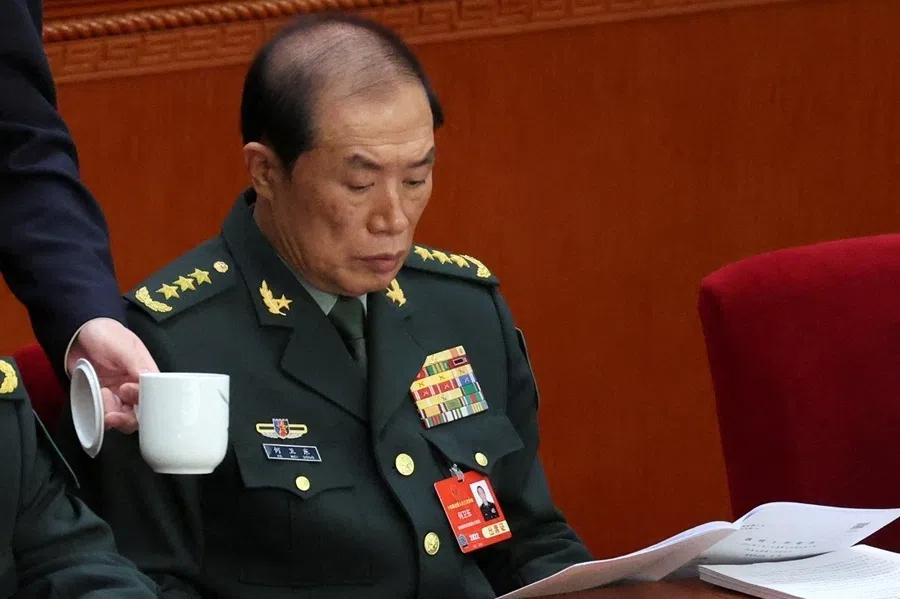
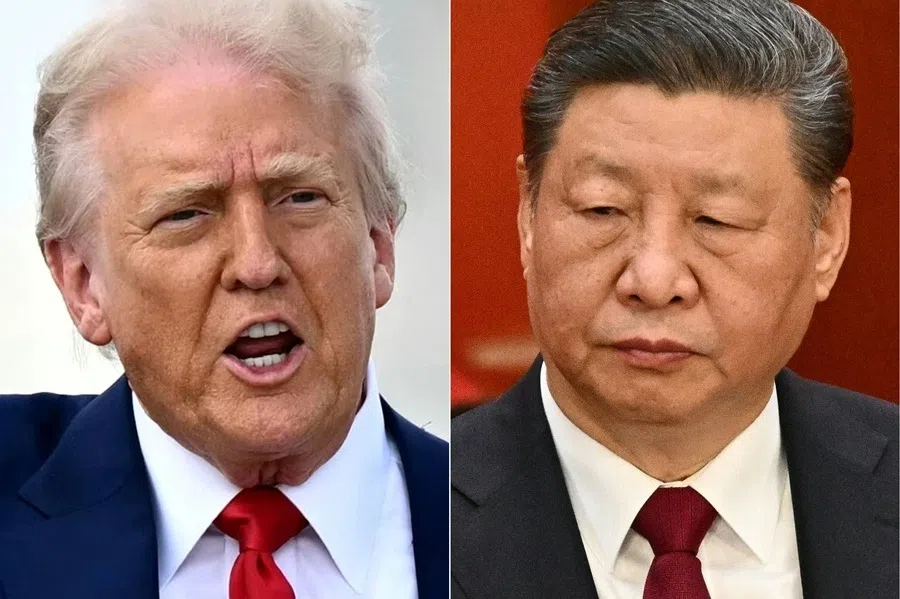
![[Big read] Prayers and packed bags: How China’s youth are navigating a jobless future](https://cassette.sphdigital.com.sg/image/thinkchina/16c6d4d5346edf02a0455054f2f7c9bf5e238af6a1cc83d5c052e875fe301fc7)
